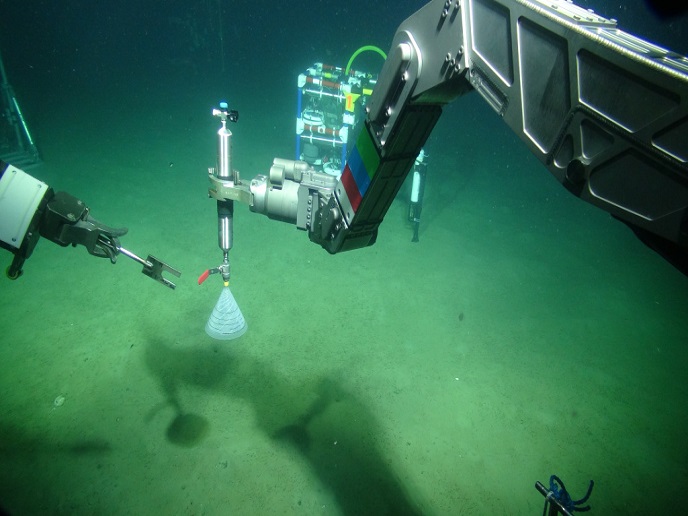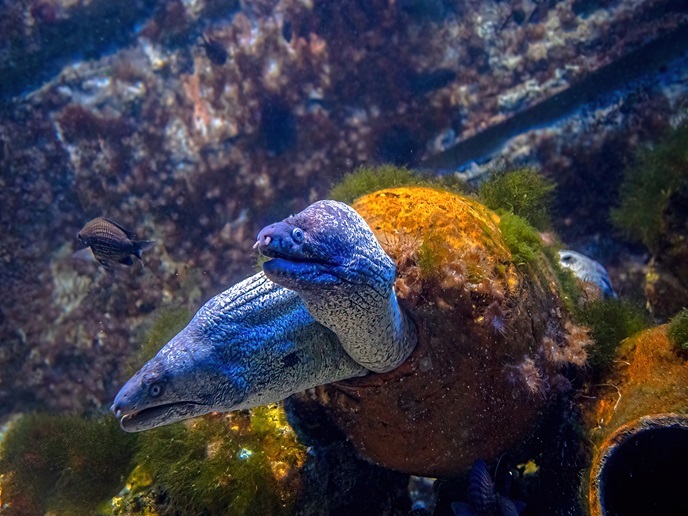Advanced tools to detect and quantify CO2 leaks for safer offshore carbon capture and storage
The aim of carbon capture and storage (CCS) is to capture CO2 from large emission sources such as power stations and industrial facilities, transport it to an onshore or offshore storage site deep underground, and permanently lock it away so that it can’t be released into the atmosphere. Offshore storage is the preferred option in Europe. “To allow this, the public and regulators need to be sure CO2 will be stored safely,” notes Douglas Connelly, coordinator of the EU-funded STEMM-CCS(opens in new window) project. “To show that the integrity of the storage reservoirs isn’t compromised, we need to demonstrate that we have the technology to look for very small leaks in an extremely large ocean.”
Real-world applications to monitor offshore CCS reservoirs
Project partners injected small quantities of CO2 into mud on the Central North Sea’s floor, about 100 km north-east of Aberdeen – a seaport at the centre of the offshore North Sea oil industry. They simulated the release of CO2 from the seabed by injecting gaseous CO2 3 m below the Central North Sea’s floor at a water depth of 120 m. They used the leak to deploy state-of-the-art technology that is either off the shelf and commercially available or developed specifically. According to Connelly, it’s the very first “real-world” deep-water controlled experiment that simulates emission from a submerged CO2 storage reservoir in the North Sea. “We demonstrated the ability to detect and quantify even very small CO2 leaks in the marine environment, and to distinguish between the leak and the natural CO2 sources.”
Identifying, detecting and quantifying CO2 leakage
The STEMM-CCS team collected the first samples of a geological chimney (a vertical cylinder of rock cross-cutting the sub-seabed) in the North Sea. “We used the samples to inform whether geological features like chimneys can act as a conduit for stored CO2,” explains Connelly. “They are sources of methane in marine systems, but there has been debate about their ability to allow the release of CO2.” Team members introduced a new suite of sensor technologies for CCS monitoring, environmental impact assessments, baseline data collection and other marine activities such as pollution monitoring. They developed an online monitoring and decision tool(opens in new window) that provides guidance in identifying and selecting the most appropriate techniques and technologies for the environmental monitoring of an offshore CO2 storage site. CCS operators can use the tool to design cost-effective monitoring strategies. STEMM-CCS introduced technology and approaches to assess existing conditions in marine systems, analysed what natural features may be present that can lead to CO2 release from a storage reservoir and demonstrated that if CO2 is released it can be successfully detected. “Should we develop offshore CCS operations, the technological solutions will help boost confidence and public acceptance in ensuring they are environmentally safe,” concludes Connelly.







